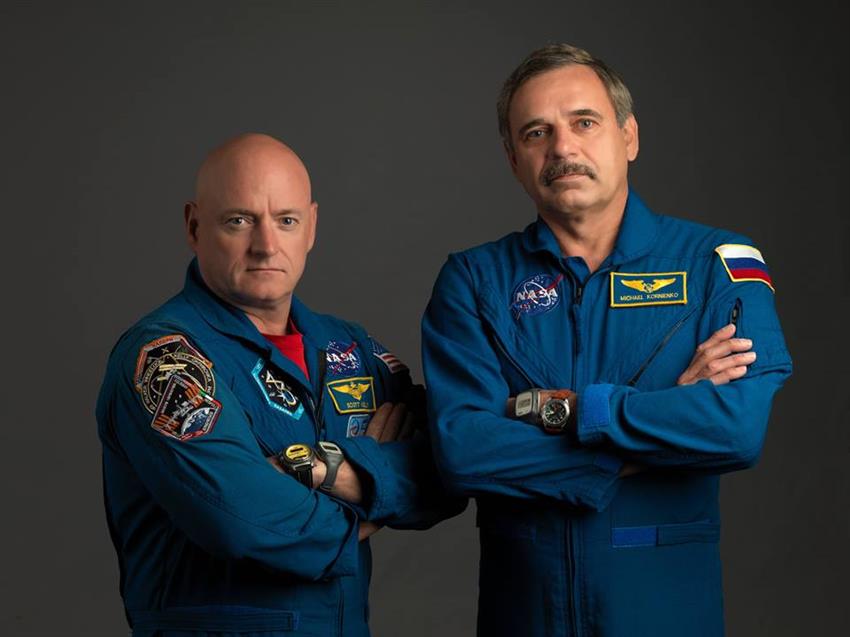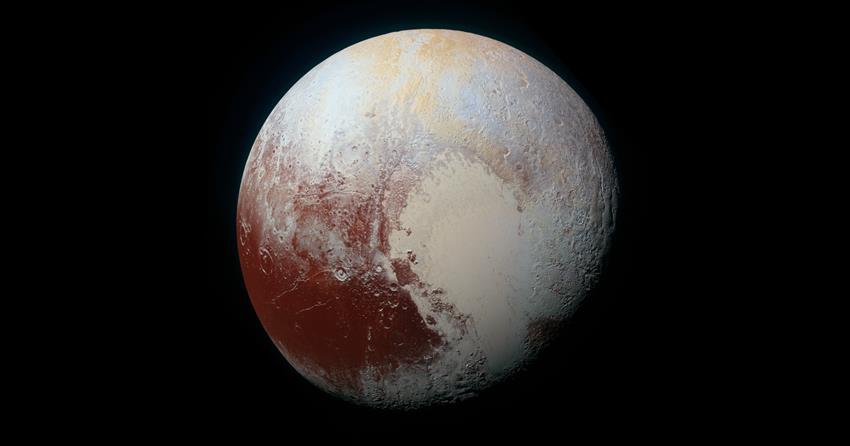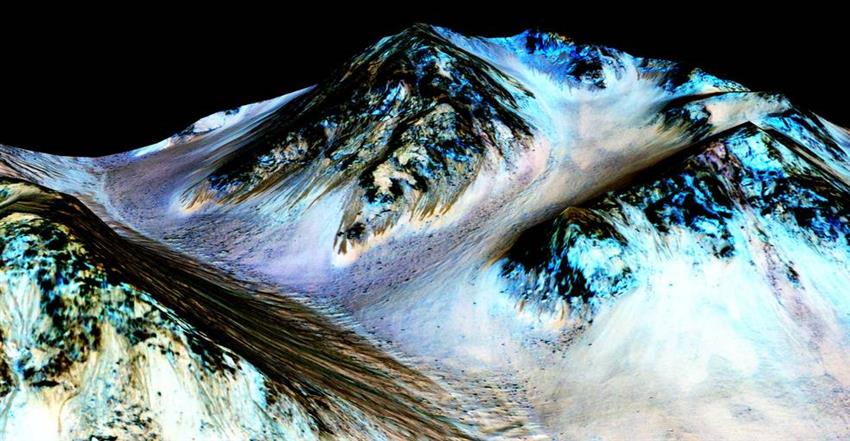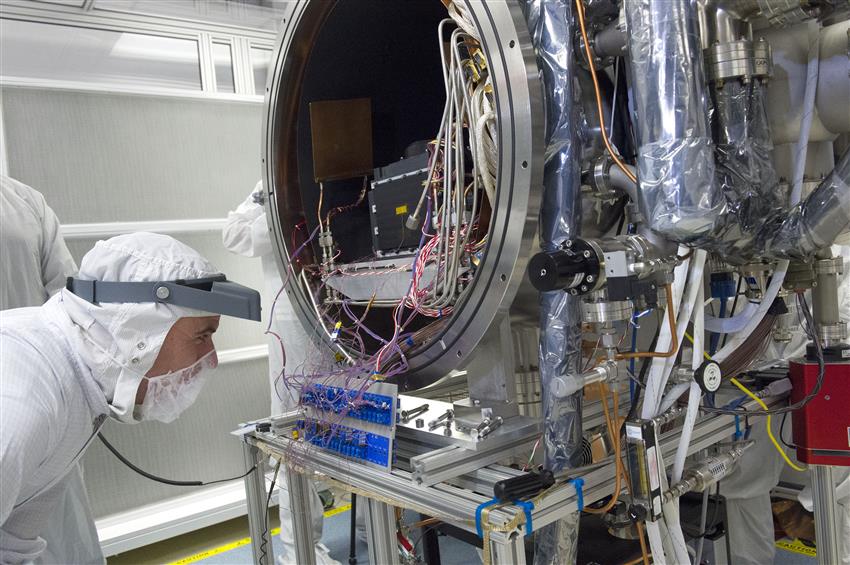2015 year in review – 8 highlights for space, science and the CSA

Credits: NASA/JPL, University of Arizona
With coming to an end, it is only fitting to review what an incredible year it has been for space, science and the Canadian Space Agency (CSA). In this review, we will highlight some of the CSA's proudest moments of the year, as well as great moments, events and discoveries for space and science throughout the world.
Here are eight events that marked us in .
1. – James Webb Space Telescope: The CSA's contribution to the most complex and powerful telescope ever built
In March, the CSA announced its collaboration with NASA and the European Space Agency (ESA) in building the most complex and powerful telescope ever built, the James Webb Space Telescope (Webb).
Billed as the successor to the famed Hubble Space Telescope, the Webb will be the foremost space observatory of the next decade, serving thousands of astronomers worldwide. The Webb will study every phase in cosmic history, ranging from the first luminous glows after the Big Bang, to the formation of stellar systems capable of supporting life on planets like Earth, to the evolution of our own solar system.
The CSA is providing the Webb's Fine Guidance Sensor (FGS), as well as one of the telescope's four science instruments: the Near-InfraRed Imager and Slitless Spectrograph (NIRISS).
The telescope will be launched on an Ariane 5 rocket from French Guiana in October 2018.
2. – Astronaut and cosmonaut to spend a year in space
On March 27, 2015, NASA astronaut Scott Kelly and Russian cosmonaut Mikhail Kornienko launched to the International Space Station, where they will be living and working for a whole year, until .
Usually, expeditions to the ISS last four to six months. Doubling the length of this mission will hopefully help researchers better understand how the human body reacts and adapts to long-duration spaceflight. This is crucial for an eventual trip to Mars, for example, which could last 500 days or longer.
3. – Canada to send two astronauts to space within the next decade
This year, the Government of Canada announced that Canada will extend its participation in the International Space Station (ISS) until to confirm Canada's future in space exploration. This commitment will ensure that both Jeremy Hansen and David Saint-Jacques, Canada's active astronauts, will fly to space. It also signals Canada's involvement in future space missions to the Moon, Mars and beyond.

- CSA astronauts Jeremy Hansen (left) and David Saint-Jacques. (Credits: CTV Canada, CSA)
4. – Pluto flyby
On July 14, NASA's New Horizons space probe performed the first-ever flyby of the dwarf planet Pluto. Launched from Earth in January 2006, New Horizons travelled 7.5 billion kilometres for this historic event. Its closest approach, at 12 500 kilometres from Pluto's surface, allowed the world to see amazing up close pictures of the dwarf planet, and data from the far end of the solar system is still being beamed back to Earth.
New Horizons is now sailing into the Kuiper Belt for a rendezvous with another small world named 2014 MU69 in .
5. – Super blood moon total lunar eclipse
For people under 30, this year was likely the first time they encountered a rare super blood moon total lunar eclipse, since the last one occurred in .
For this rare eclipse to happen, three separate lunar events need to converge: a total lunar eclipse, when the Earth gets between the moon and the sun; the full moon nearest the equinox (called harvest or blood moon); and the moon at its closest point to the Earth (super moon or perigee moon), a mere 356,877 km away, which makes it appear about 14% bigger.
The next time we'll be treated to such a rare lunar event will be in !
6. – Water on Mars: NASA confirms evidence that liquid water flows on today's Mars
New findings from NASA provide the strongest evidence yet that liquid water flows intermittently on present-day Mars. Researchers using the Mars Reconnaissance Orbiter (MRO) detected signatures of hydrated minerals on slopes where mysterious dark streaks are seen on the Red Planet. This could mean that salt water, a potential for life, could be found on Mars's surface during the warmer months of the year.
7. – COP21: Historical global agreement to reduce climate change
Canadian satellites like Scisat-1 provide us with data and insights about our planet that help us better understand the impact of climate change and protect our resources.
On , the 195 countries participating in the United Nations Climate Change Conference agreed to the Paris Agreement, a global pact to reduce emissions in an effort to limit global warming. This agreement is a positive step toward a cleaner Earth for future generations.
8. – OSIRIS-Rex Laser Altimeter (OLA): The CSA delivers its contribution to the first U.S. mission to return a sample of an asteroid to Earth
The CSA is collaborating with NASA for OSIRIS-REx, the first U.S. mission to study an asteroid and return a sample to Earth. NASA's OSIRIS-REx mission will study Bennu, an asteroid that has the potential to impact the Earth in the late 2100s. The OSIRIS-REx spacecraft will launch in on a two year journey to meet up with the asteroid.
Canada's contribution is known as OLA (short for the OSIRIS-REx Laser Altimeter). Built for the CSA by MacDonald, Dettwiler and Associates Ltd. and their partner, Optech, OLA will create unprecedented 3D maps of Bennu to help the mission team select a site from which to collect a sample. The CSA will also own a portion of the returned sample, which will be studied by Canadian scientists.






